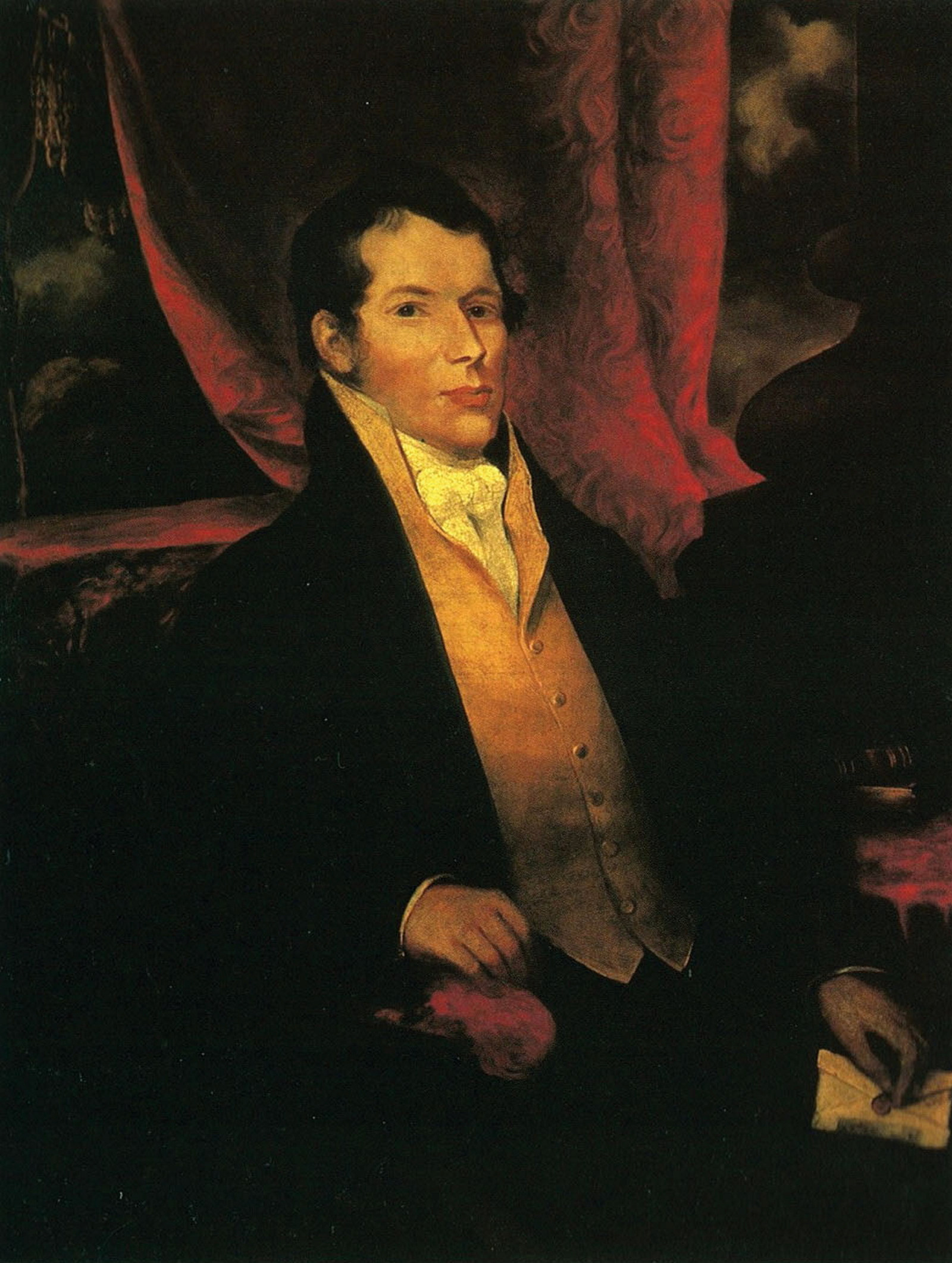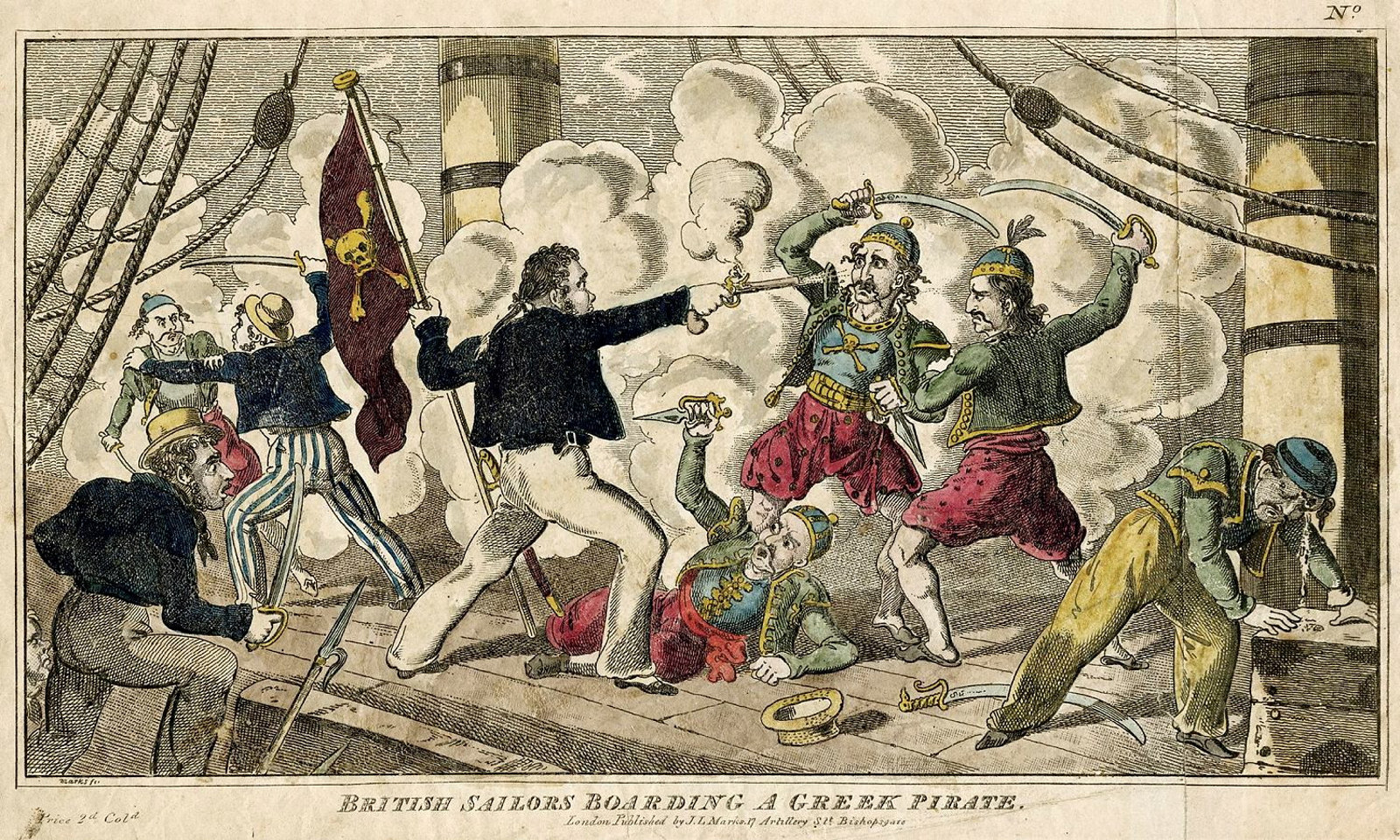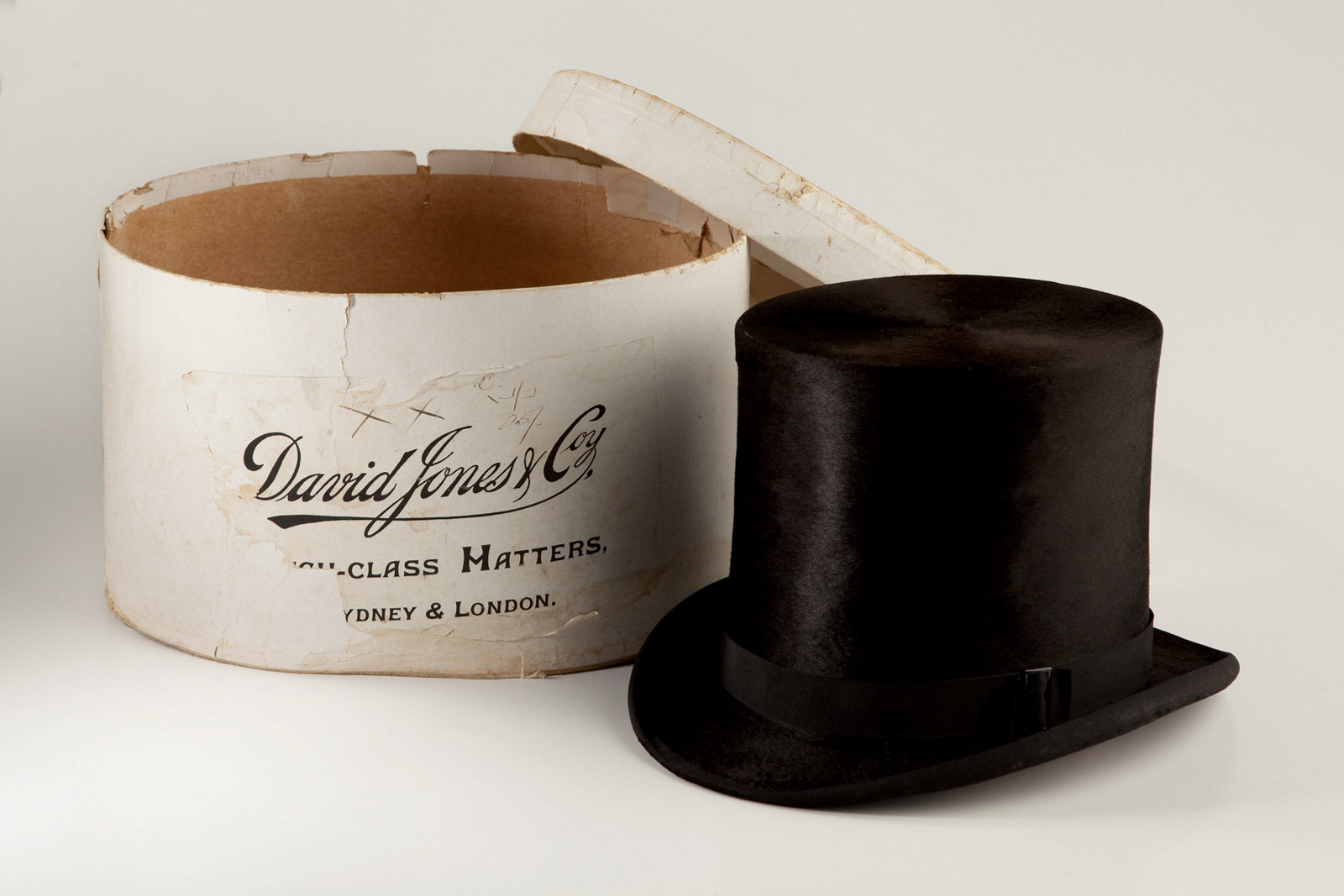Mr Butler: the Macarthurs' butler
If you’re a fan of the crime-fighting character ‘Miss Fisher’ you’ll know that one of the characters is named with his profession – ‘Mr Butler’. But did you know that at Elizabeth Farm there actually was a butler named Butler?
Born in 1791, James Butler arrived in the colony of NSW in 1818, convicted for possessing forged banknotes and sentenced to 14 years transportation1. As MHNSW historian Jane Kelso notes, he was also indicted for the actual forgery, however with no evidence presented he was found not guilty on that charge. On board the convict transport Morley, Butler arrived in Sydney on the 7th November that year and was initially sent to Windsor for ‘general distribution’.
Third day – Friday April 3 [1818] 578. Susan Wilson, James Butler, Richard Ratford, George Downes, Mary Shaw, William Downes, Joseph Townshend, Thomas Smith John Thompson and John Rogers were severally and separately indicted for feloniously having forged banknotes in their possession, they well-knowing them to be forged. For which indictments they severally pleaded GUILTY. Transported for Fourteen Years. First Middlesex Jury, before Mr Recorder.
Old Bailey Session Papers, 4th Session, 1818. Mitchell Library FM4/7169
Described as 5’2” in height, with a ruddy complexion, brown hair and hazel eyes – though a later record says they were ‘blue’ - Butler had been employed in Lincolnshire as a ‘shopman’. Once in the colony he was obviously well-behaved as he received his ticket-of-leave only a year later, in November 1819. Sometime after 1825 he was employed by the Macarthurs at Elizabeth Farm where, aged 27, he appears in the 1828 census alongside four other household servants: a cook Thomas Blake (aged 23), two maidservants, Jane Mead (38) and Margaret Shepherd (61), and a footman2.
At least three of the Macarthur’s male servants – Butler, the footman and coachman - were dressed in livery, so James would typically have appeared in a blue wool frock coat, with gilt buttons bearing the olive wreath from the Macarthur coat of arms. He would have waited at table in the newly extended dining room, attended to this very private family’s select invited guests, and served as manservant to John. He was assisted by footman John Bono, described as a ‘Mohommedan’ (an archaic term for a Muslim)3, who had arrived free in 1820.
While John Macarthur very publicly expressed his disdain for convicts and their ‘moral failings’, the staff at Elizabeth Farm were actually well-treated and, on the whole, this was returned with obvious loyalty. One of Butler’s fellow servants, Jane Mead, even had her passage back to England in 1832 paid for by the family. In the 1830s Elizabeth’s letters recording the comings and goings of several of their ‘old staff’, including their previous coachman, named Watsford, who now ran a daily Sydney-Parramatta service.
There are times and seasons in all establishments, particularly in a numerous family, when the domestics are bound by every consideration of honesty and honour to act with the greatest circumspection and prudence; when they must not observe what they cannot but see, must not notice what they cannot but hear, and when, although present, they must consider themselves absent.
James Williams,’ The Footman’s Guide’. (London, Thomas Dean & Co. 1847, 4th Edition)
It says much of this reciprocal loyalty that, during the crisis years of the late 1820s and early 1830s when John’s mental health was deteriorating rapidly, the turbulent reality of life at Elizabeth Farm largely remained a secret to the outside world. Many of the Macarthur’s assigned convicts remained with the family, at Parramatta or Camden, after their sentence expired, some even becoming tenant farmers on Macarthur land.
Mr Butler’s domain
The butler’s pantry at Elizabeth Farm is a small, stone-flagged room to the side of the rear vestibule. Its stout door and barred window provided security for the expensive tableware – especially the family silver - housed within it, which Butler cared for on a daily basis. It was little more than a walk-in cupboard used for storage; without a sink or fireplace, few of the expected uses of that room, such as washing delicate tableware or crystal, could actually take place there.
Two butler’s pantries that can be compared with this one - complete with recreated dressers and stone sinks - are seen today at Elizabeth Farm and Vaucluse House.
While the extensive remodelling of Elizabeth Farm in the late 1820s included a full-sized butler’s pantry with fireplace, the pressing need for accommodation saw that new room used as a bedroom instead. When visiting from Camden, brothers James and William Macarthur used the room, and during a scarlet fever outbreak in 1849 it was used to isolate their niece Isabella:
…The poor girl .. was seized by the fever, and obliged to be removed to a distant apartment, in the offices designated the ‘oak tree room’ – which was usually occupied by any of the boys who came from Camden – to this room Mary [Bowman, nee Macarthur, her mother] had a couch conveyed and there she has removed to watch the poor girl through the stages of the fever.”
Elizabeth Macarthur to her son Edward, 1st August 1849. Macarthur Papers A2907
The once-intended pantry adjoins the small dining room lobby that opened onto the rear service court and was known as the ‘oak tree room’, after a large oak tree planted near that side of the house. That Elizabeth refers to it as an ‘office’ tells us it was always meant to be a service room.
As a butler’s pantry it would have been ideally placed, between the kitchen and scullery and the dining room. Dishes brought from the kitchen would have waited here before being taken in to the table and been stored here afterwards.
Quite possibly it was intended that our ‘Mr Butler’ would have slept there as well.
Today, preserved in a semi-ruinous state without a floor or ceiling and in stark contrast to the rest of the highly restored house, this room clearly demonstrates the successive phases of construction of the house, as walls were built and demolished and rooms added. Above, shingles can even be seen from the earliest phases of construction, encased within a later roof profile.
So what became of ‘Mr Butler the butler’?
James received his Certificate of Freedom in April 1832 – the same year John Macarthur died at Camden Park – when he was aged around 41. We don’t know however when he left the Macarthurs employment, or any details of his later life. If you’re a descendant, or have any information we’d love to hear from you.
Notes
1. Butler’ s first name is often given as Joseph, though as SLM Historian Jane Kelso notes, the only Butler on board the Morley was a James; the abbreviations for both – Jos. and Jas. respectively – are very close and easily confused.
2. Butler’s name is not mentioned, for example, in a list of 3 male staff receiving full livery in October 1827. In total the 1828 census records 12 servants, both indoor and estate, working at Elizabeth Farm. While Penelope Lucas, who had come to Sydney as governess to the Macarthur daughters, is also listed, the Macarthur family itself of whom there were then 4 resident at Elizabeth Farm (John, Elizabeth, Emmeline and Elizabeth Jnr. The brothers James and William were resident at Camden and Mary was married to James Bowman and living in Sydney), is not recorded in the census.
3. Erratum: the original version of this story suggested that John Bono was ‘likely of South Indian’ origin. Re-examination of the evidence doesn’t support this, meaning his origins are still unknown. Ongoing research may uncover more details, and we’ll update this should more become known.
Published on
Related
Browse all
Convict Sydney
John Macarthur - Ambitious, volatile, self-confident
John Macarthur is well remembered as an ambitious and ruthless soldier who forged a powerful colonial farming dynasty

The Maltese connection: the unexpected origins of Elizabeth Farm’s convict workers
The story of three men from Elizabeth Farm shows that theft was only one reason for transportation and that Britain was far from the only source of convicts sent to NSW

Bicornes, bonnets & boaters
There’s a variety of headwear across our collections ranging in date from early to late nineteenth century

In the pink at Elizabeth Farm
Amid the late summer bounty in the garden at Elizabeth Farm, the crepe myrtle is the undoubted star of the show
